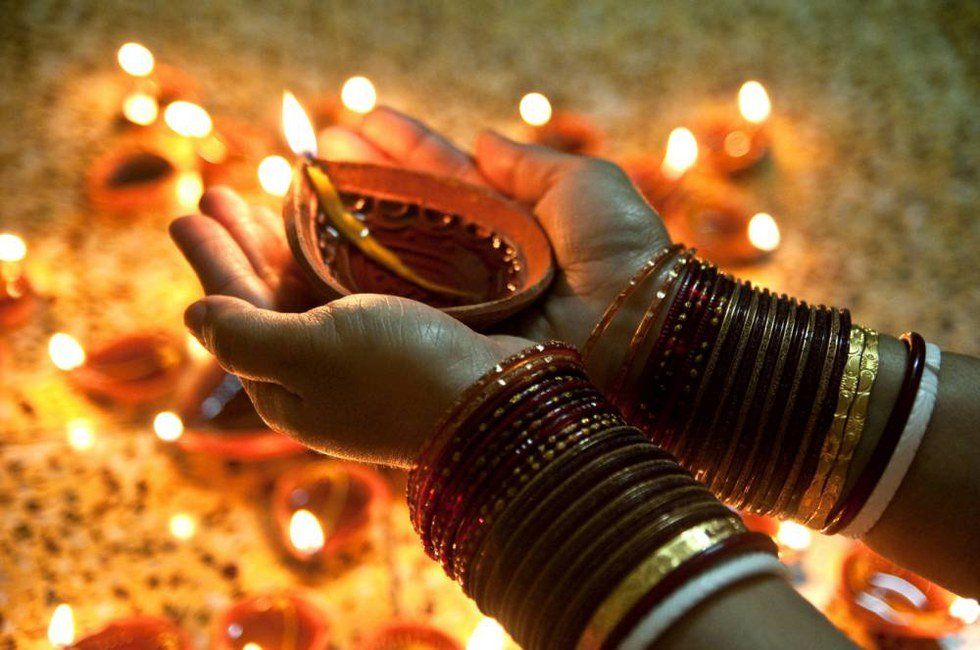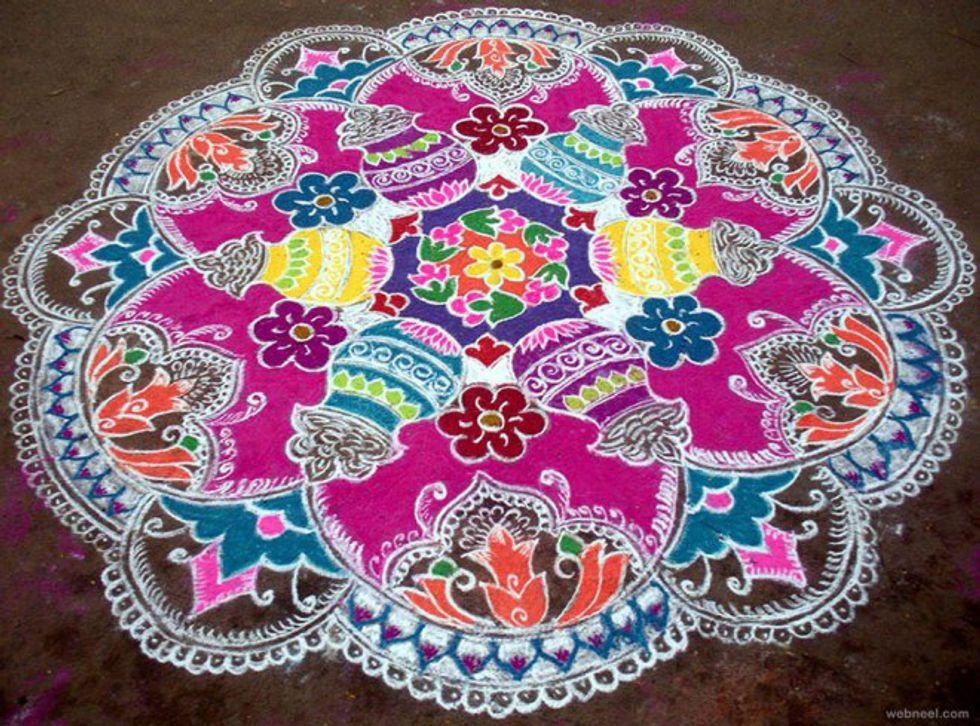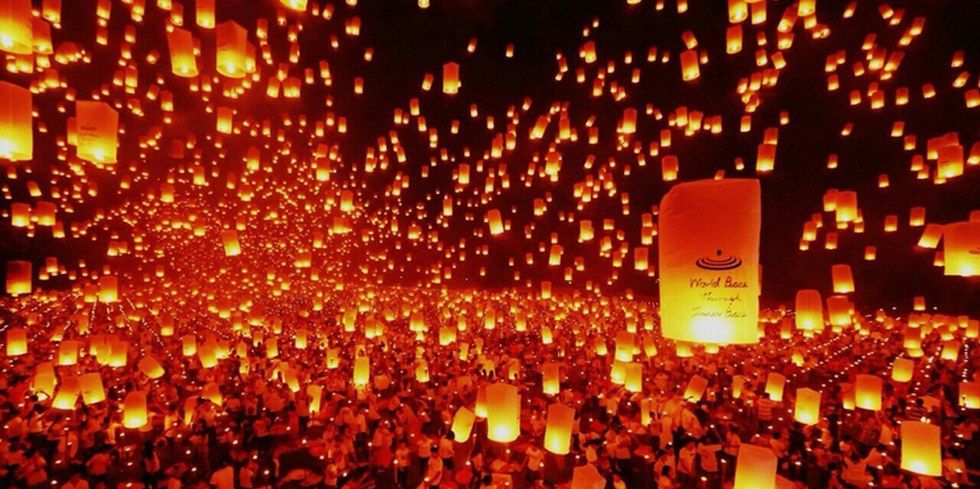Diwali is a Hindu festival celebrated during the fall symbolizing a new year. Different parts of India believe that Diwali represents different things. In the north, people light oil lamps, set fireworks off, and eat sweets. They believe that this is the day King Ram came back from the forest after defeating Raavana. In the western region, people decorate their doorsteps with rangoli, flower patterns made of colored powders. In the south, people believe that Diwali is the day the demon was destroyed by Lord Krishna. They clean their homes with lime, wear new clothing, and share sweets with their friends. Diwali also lands during the harvest season, and farmers pray to goddess Laxmi, goddess of wealth and prosperity, for a good year ahead. Ultimately, the festival is about human kind being led from darkness to light to help us to engage in good deeds.
In Wheeling, Diwali has been celebrated in October/November for years. Ever since I was a little girl, the Indian community in this town has gathered at a hall and embraced the festival with fireworks, traditional Indian food, and dance performances. This year Diwali was held in my own backyard – Wheeling Park’s White Palace! The night started off with prayers and a Diwali presentation from the community’s kids. Then a guest artist performed Kathak, a type of Indian classical dance known for its graceful pirouettes and complex footwork. Two little girls performed a dance duo, a boy played the piano, I attempted at telling jokes, and five of us danced to a hit Bollywood song. For the entire night, two of my friends were MCs introducing all of the acts. After all the performances, one of the senior students in the community said his farewell and thanks. Once the presentation finished, everyone headed to the back to enjoy their dinner catered by India Garden. Overall, the night was vibrant and successfully captured what Diwali is all about – rejoicing with family and friends when light and good prevails.























